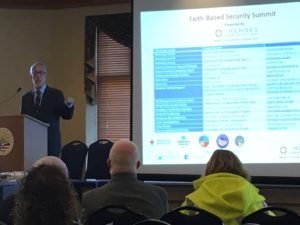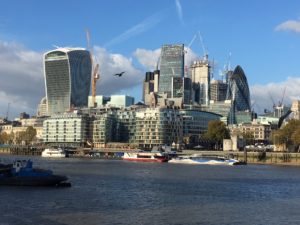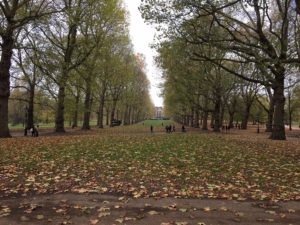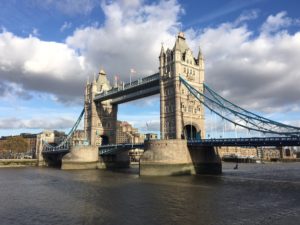
Churchill in 1940
Today is the 143rd birthday of Winston Churchill, quite possibly the most influential statesman of the twentieth century. It is no exaggeration to say that in 1940 Churchill’s determination, perseverance, and faith in the strength of the British people saved the United Kingdom and possibly western liberal civilization from a dark age of subjugation.
At the end of 1940 Churchill and the British stood alone. The British Army, virtually unarmed following its escape from Dunkirk, faced a vastly superior Wehrmacht across the slender ribbon of the English Channel. France was defeated, Europe was prostrate, Russia was in league with Germany, and Japan was gathering its forces to drive the European powers out of Asia. Churchill famously told his people that their only war aim was ‘victory.’ But the only path to victory was the terrifyingly slim prospect that a wary United States and its enormous industrial capacity would enter the war.
Isolationist, unprepared, distrustful of British imperialism, suspicious of British motives: in 1940 America was no stalwart ally. Many Americans, if not most, preferred to see Britain and Europe go down rather than join the war against victorious Germany.
Churchill understood the terrible dangers that Britain faced and the narrowness of the nation’s path to salvation. But he brushed aside calls for negotiations with Hitler and rallied his people to defiance and eventual victory, although that victory came at a staggering cost. The war broke Britain’s finances, stripped it of its empire, and left the United States and the Soviet Union ascendant in the post-war world.
A full recounting of Churchill’s war record is a startling litany of disasters, setbacks, and frustrations. Dunkirk, Singapore, Greece, Tobruk, Dieppe. Again and again British troops were beaten, convoys were decimated, London set ablaze; and for another desperate year the Americans equivocated. But Churchill didn’t waver. The immediate post-war years brought no relief, as an impoverished Britain was forced to endure years of rationing and the loss of its empire, one former colony at a time. Yet even after Britain began to recover, Churchill remembered the darkest days of 1940 with a mixture of satisfaction and nostalgia.
In 1950, at age 76, as he was writing his history of the Second World War, he was asked which year of his life he’d want to live over. “Nineteen-forty, every time,” he replied. “Every time.”
“What General Weygand called the Battle of France is over. I expect that the Battle of Britain is about to begin. Upon this battle depends the survival of Christian civilization. Upon it depends our own British life, and the long continuity of our institutions and our Empire. The whole fury and might of the enemy must very soon be turned on us. Hitler knows that he will have to break us in this Island or lose the war. If we can stand up to him, all Europe may be free, and the life of the world may move forward into broad, sunlit uplands. But if we fail, then the whole world, including the United States, including all that we have known and cared for, will sink into the abyss of a new Dark Age made more sinister, and perhaps more protracted, by the lights of perverted science. Let us therefore brace ourselves to our duties, and so bear ourselves that, if the British Empire and its Commonwealth last for a thousand years, men will still say, This was their finest hour.”
– Winston Churchill in the House of Commons in June 1940, following reports that France was giving up the war
“Nineteen forty” quote from The Last Lion, Defender of the Realm; Manchester and Reid; Little,Brown,and Company; NY 2012 / https://www.amazon.com/Last-Lion-Churchill-Defender-1940-1965/dp/0345548639
Excerpt from “Their Finest Hour” Speech to the House of Commons / https://www.winstonchurchill.org/resources/speeches/1940-the-finest-hour/their-finest-hour/
Photocredit: http://todayinhistory.tumblr.com/post/50336927775/13th-may-1940-blood-toil-tears-and-sweat
November 30, 2017





